Best Time for Propane Line Installations
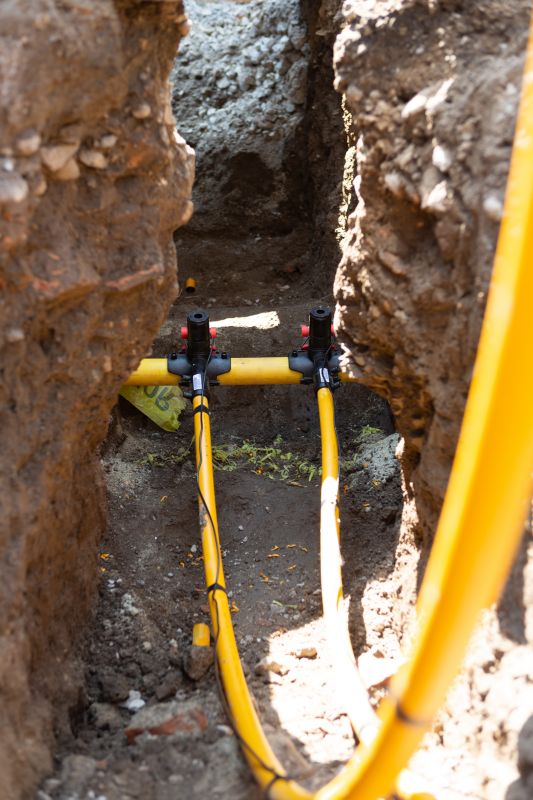
Spring offers moderate temperatures ideal for installing propane lines without weather-related delays.

Summer provides longer daylight hours and stable weather conditions, facilitating efficient installation processes.
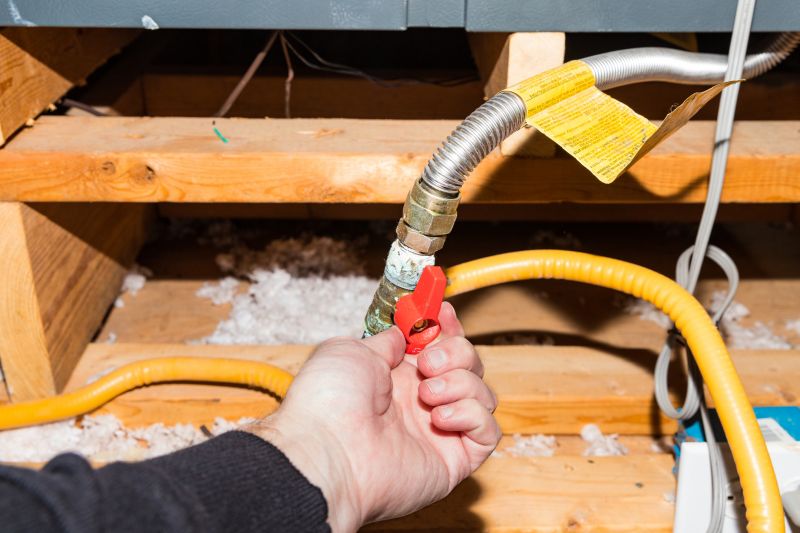
Fall's cooler temperatures can be suitable, but weather variability may impact scheduling.
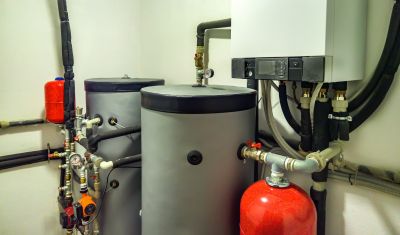
Ways to make Propane Line Installations work in tight or awkward layouts.
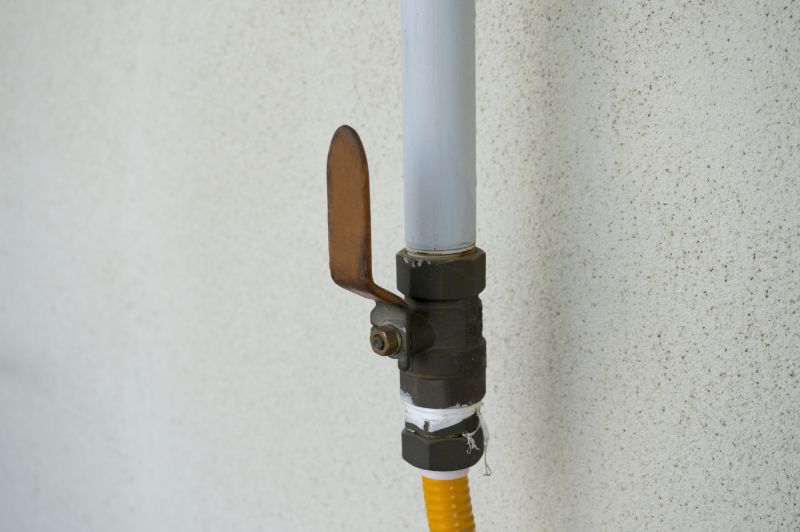
Popular materials for Propane Line Installations and why they hold up over time.
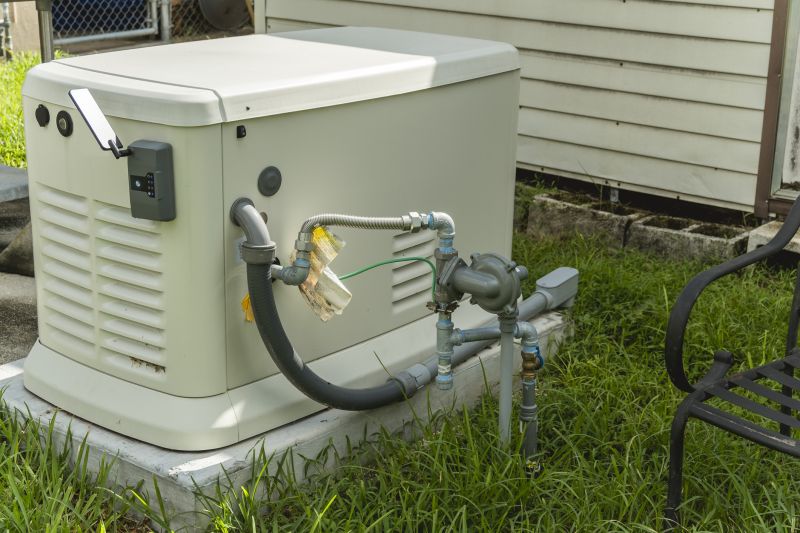
Simple add-ons that improve Propane Line Installations without blowing the budget.
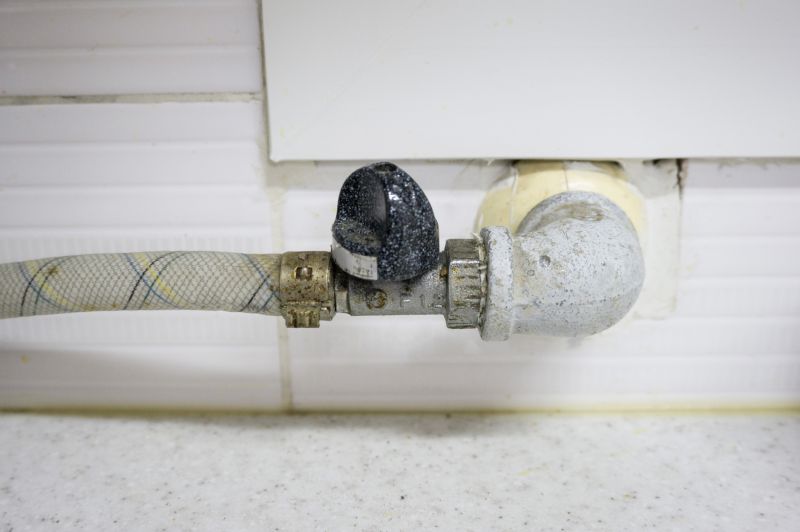
High-end options that actually feel worth it for Propane Line Installations.
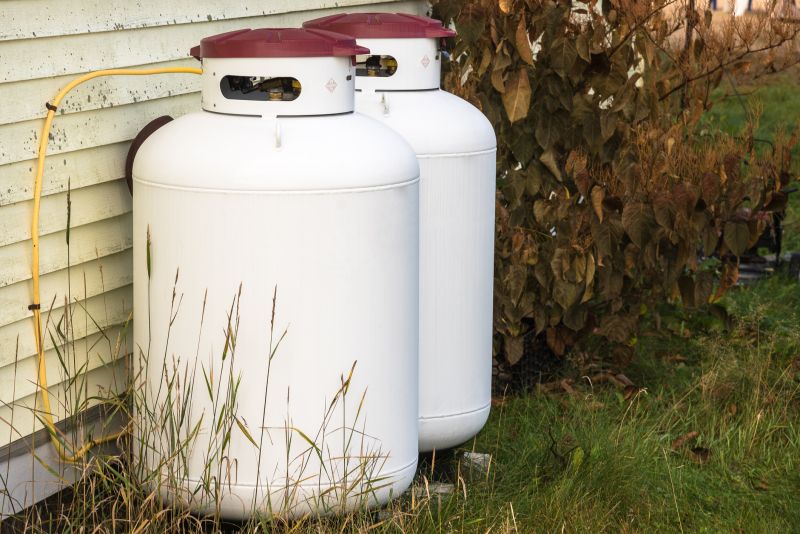
Finishes and colors that play nicely with Propane Line Installations.
Propane line installations are typically performed when weather conditions are favorable to ensure safety and efficiency. Optimal times include spring and summer, when temperatures are moderate and weather is generally stable. Installing during these periods minimizes delays caused by extreme cold, heat, or precipitation. Proper planning can reduce the risk of weather-related issues, leading to smoother installation processes and quicker setup times.
Statistics indicate that over 60% of propane line installations occur during spring and summer months. These periods also tend to have longer daylight hours, allowing for more flexible scheduling and safer working conditions. Ensuring that installations are completed during suitable weather windows can contribute to long-term system reliability and safety.
Weather, temperature, and project scope influence the best time for installation. Planning around forecasted conditions helps optimize safety and efficiency.
Pre-installation planning includes site assessment and scheduling during suitable weather periods for best results.
Extreme cold or heavy rain can cause delays, increase costs, and impact safety during propane line installation.
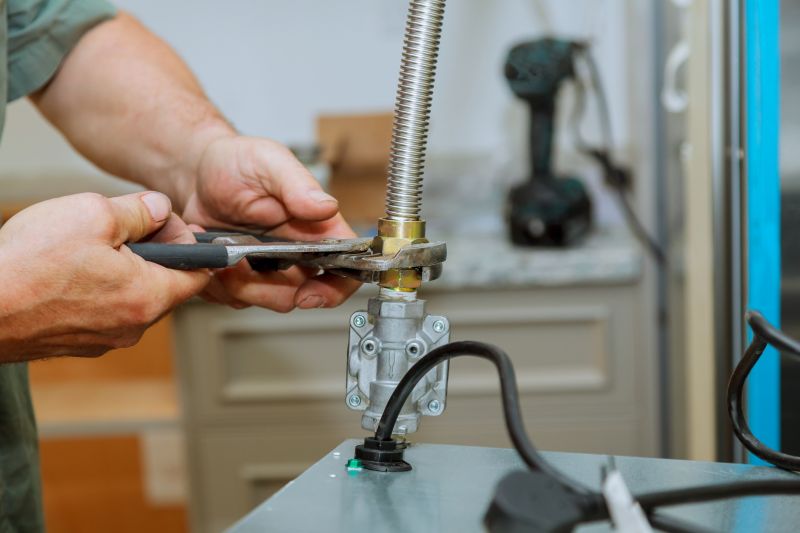
Specialized tools and equipment are used during propane line setup, requiring suitable weather conditions.

Proper site preparation is essential for safety and efficiency during installation.

Underground installations require careful planning and weather considerations for trenching and burying pipes.
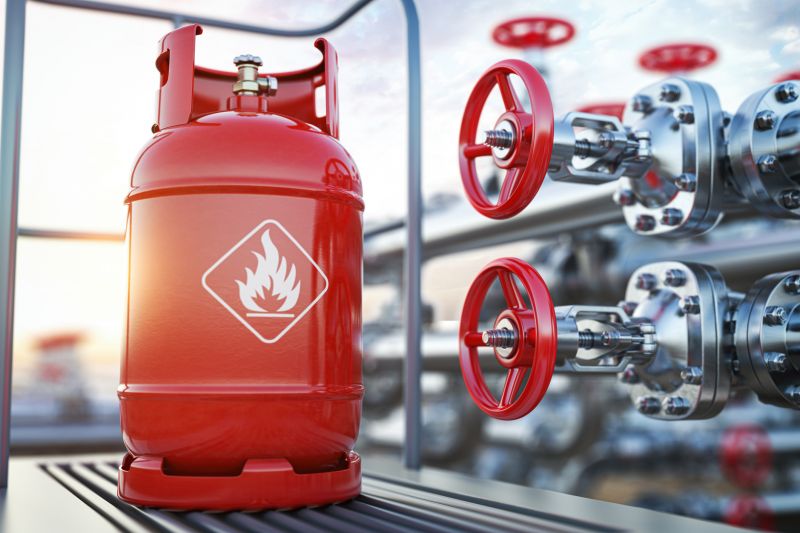
Use of safety gear and protocols is crucial during installation to prevent accidents.

Post-installation inspections ensure system integrity and safety compliance.
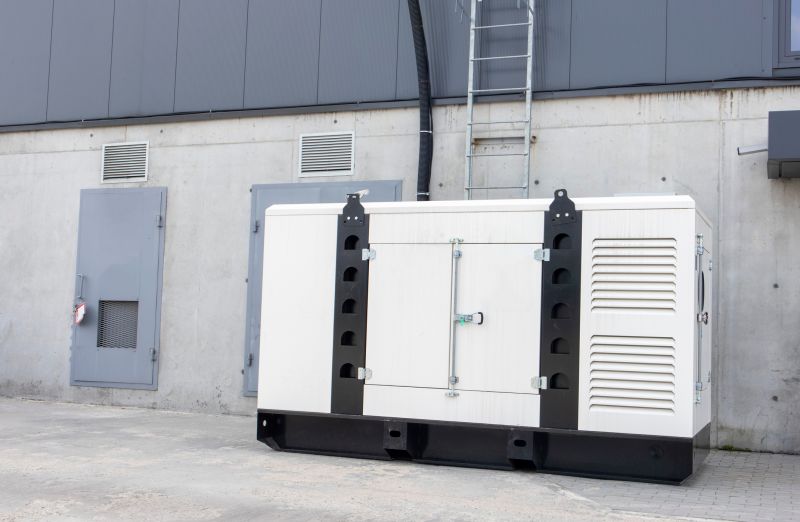
Preparation of the customer site includes clearing obstacles and ensuring accessibility.
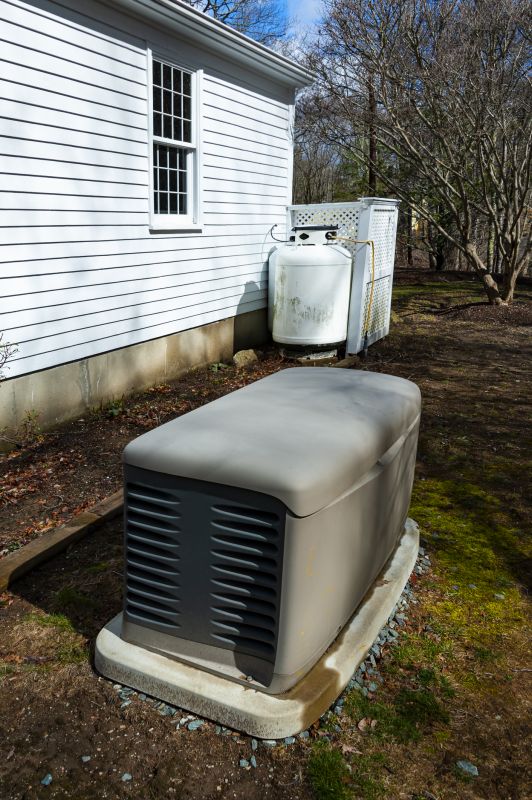
Adverse weather can delay installation and compromise safety protocols.
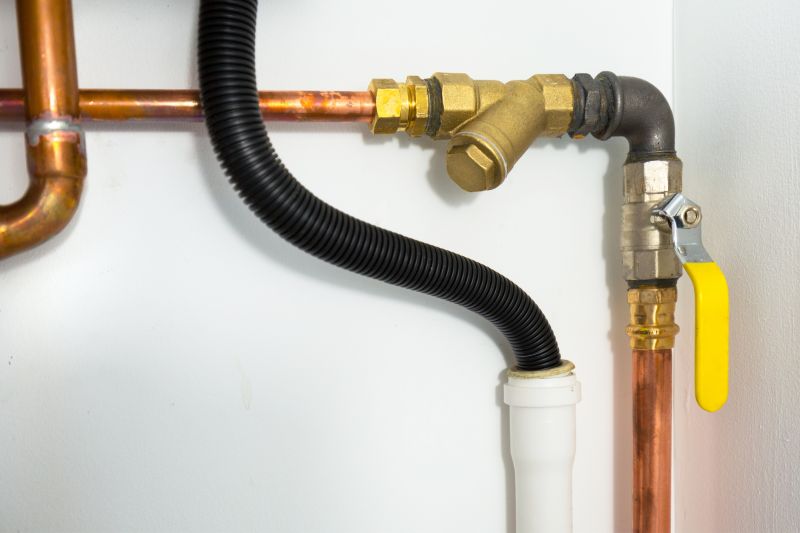
Thorough testing is performed after installation to verify system functionality.
| Season | Ideal Conditions |
|---|---|
| Spring | Moderate temperatures, minimal rain, longer daylight |
| Summer | Stable weather, longer days, warm temperatures |
| Fall | Cooler temperatures, variable weather |
| Winter | Not recommended due to cold, snow, and ice risks |
| Late Spring | Optimal for scheduling and safety |
| Early Fall | Possible but weather variability may impact |
| Late Summer | Good for installation, stable conditions |
| Early Spring | Feasible with mild weather |
Selecting the appropriate season for propane line installation can enhance safety, reduce delays, and ensure system longevity. Proper timing considers weather patterns, temperature stability, and project scope. Planning ahead and coordinating with experienced installers can optimize results and minimize disruptions.
Interested parties are encouraged to contact for more information or to schedule an installation during the optimal season. Proper planning and timing can contribute to a successful propane line setup tailored to specific needs.
